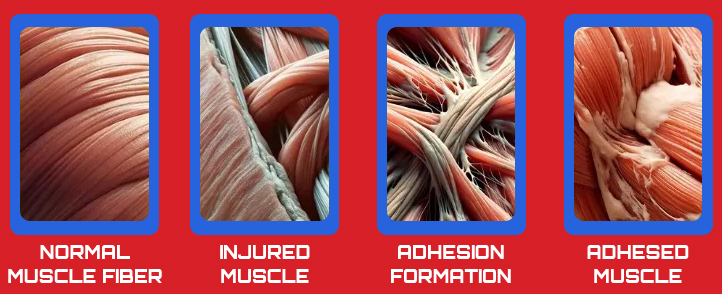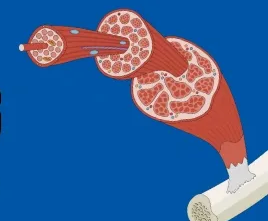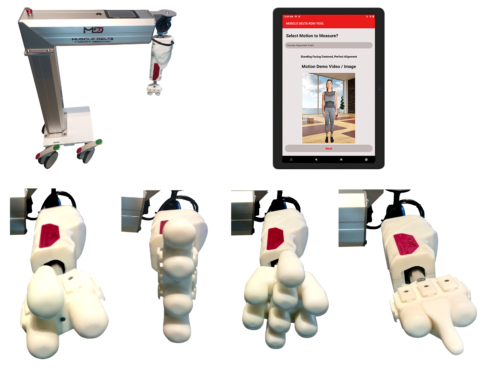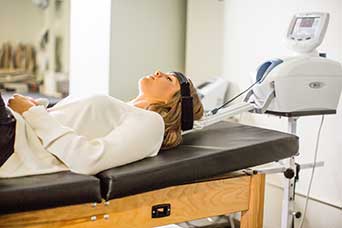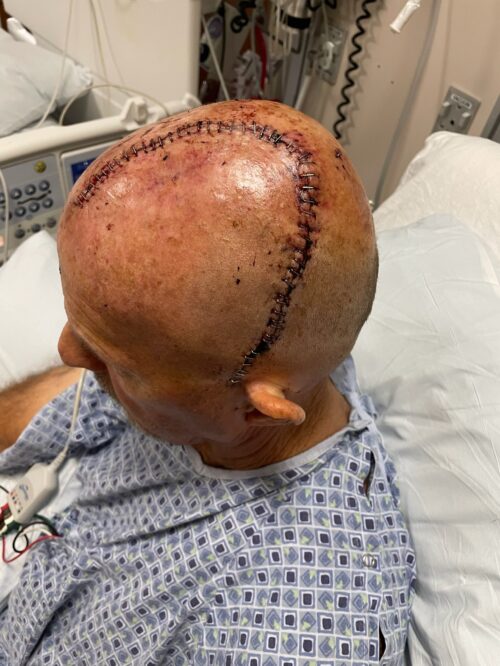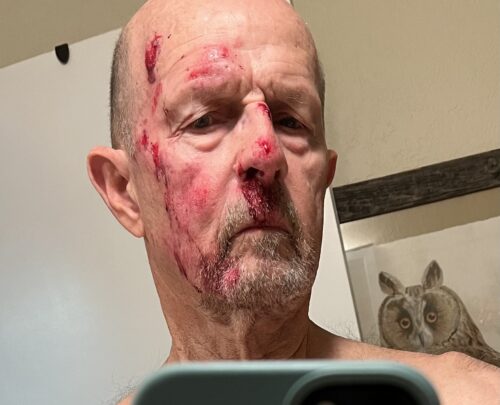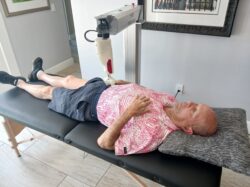Muscle Delta: Safety, Standards, and Effectiveness Overview
Compliance with Safety and Robotics Standards
Muscle Delta strictly adheres to all pertinent safety and robotics standards, ensuring its technology remains safe and reliable for users.
Collaborative Robotics Design and Safety
Collaborative robots (cobots) are fundamentally different from traditional industrial robots. By design, they cannot harm a human under any circumstances.
These cobots are limited to a maximum speed of 25mm per second to ensure safety during operation.
Key Collaborative Robot Safety Standards
ISO/TS 15066:2016 (International) and RIA TR R15.606-2016 (U.S.) provide the foundational safety requirements for collaborative robot systems. Importantly, it’s the system as a whole—not just the robot alone—that is evaluated for collaborative status.
Collaborative robot systems are a subset of industrial robot systems, not an alternative to them.
These guidelines build upon foundational industrial robot safety standards to maintain consistency and safety across all implementations.
Certified Medical and Electrical Standards
Muscle Delta technology is compliant with a comprehensive range of recognized medical and electrical equipment standards, including:
- ANSI/AAMI ISO 10993-1, 10993-5, 10993-10: Biological evaluation and toxicity testing of medical devices.
- IEC 60601-1, 60601-1-2, 60601-1-6, 60601-1-8: General requirements for basic safety, electromagnetic disturbance, usability, and alarm systems in medical electrical equipment.
- IEC 62366-1: Usability engineering for medical devices.
- IEC 62304: Medical device software life cycle processes.
- IEC/TR 60601-4-1, IEC TR 60601-4-2: Guidance for medical devices employing autonomy and electromagnetic immunity.
- IEC 80601-2-78: Particular requirements for safety and performance of medical robots used for rehabilitation and assessment.
- ISO 14971: Risk management for medical devices.
- ISO 15223-1: Symbols and labeling for medical devices.
Manufacturing and Certifications
Muscle Delta devices are 510(k) exempt and non-invasive.
All devices are manufactured by AHI Automation in Henderson, NV—a certified UL-listed assembler whose clients include Disney, Epcot, Royal Caribbean, The Sphere (Las Vegas), and DaVinci Surgery Robotics.
Each Muscle Delta device visibly displays the UL listing sticker, verifying electrical safety.
Clinical Use and Adoption
Muscle Delta technology has been used in hospitals such as Advent Health (formerly Florida Hospital) for pre- and post-surgery foot and ankle treatment.
The technology is trusted by sports organizations, including a purchase by the New York Jets.
Over 1,000 elite athletes (including household names) have been successfully treated using this system.
Ongoing evaluations are underway at several medical institutions, with double-blind studies planned within the next six months.
Methodology and Efficacy
Muscle Delta’s approach is rooted in a “muscle lengthening” methodology, which is recognized as the safest within its product class.
It is the method itself, not just the device, that delivers proven, repeatable improvements by aligning the body through proper muscle lengthening—a universal need as muscles naturally shorten over time.
This technique closely mimics manual therapy but does so with enhanced safety, precision, and repeatability.
Endorsements and Public Perception
Renowned athletes like Tom Brady, a major advocate for muscle pliability, publicly support muscle lengthening concepts. He has stated, “over time muscles shorten, and we need to lengthen muscles.”
Case studies posted by Muscle Delta support their claims, presenting data consistent with known standards and expert endorsements.
Legal and Regulatory Notes
All claims and product information are backed by proper certifications, with verification available on the devices.
Disclaimer: A disclosure page is linked in the footer of Muscle Delta’s website, outlining safety and regulatory information.
Summary:
Muscle Delta leverages industry-leading safety standards, proven methodologies, and robust certifications to provide what appears to be the safest and most effective non-invasive solution for muscle lengthening and adhesion removal available today. Its technology is built on methods recognized as best-in-class, distinguished by official certification, extensive medical use, and endorsements by elite athletes.

